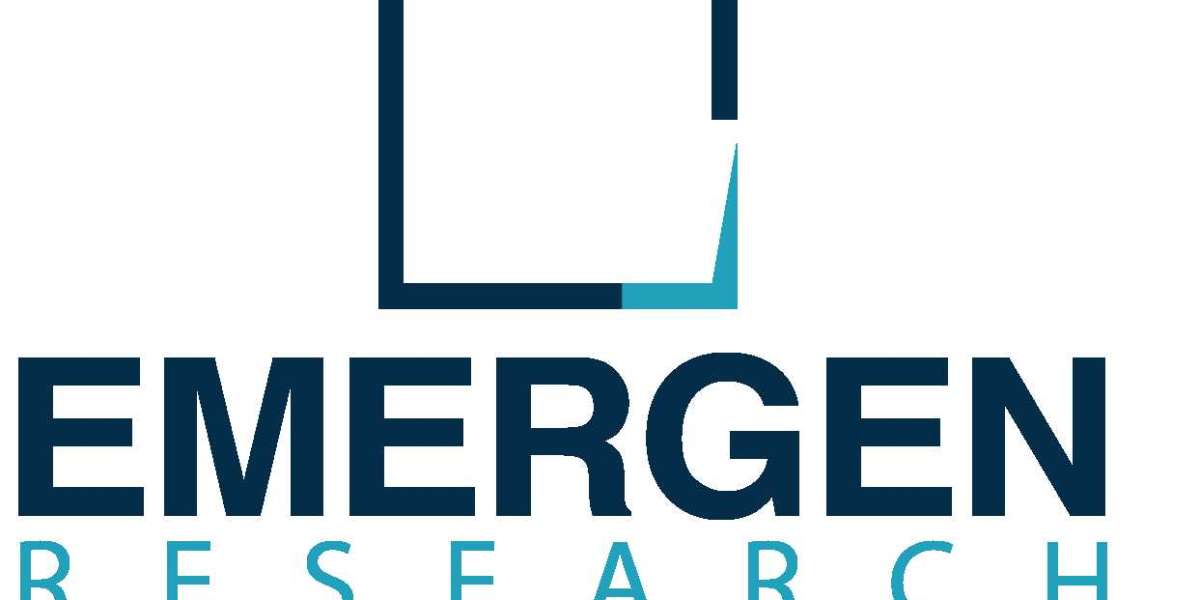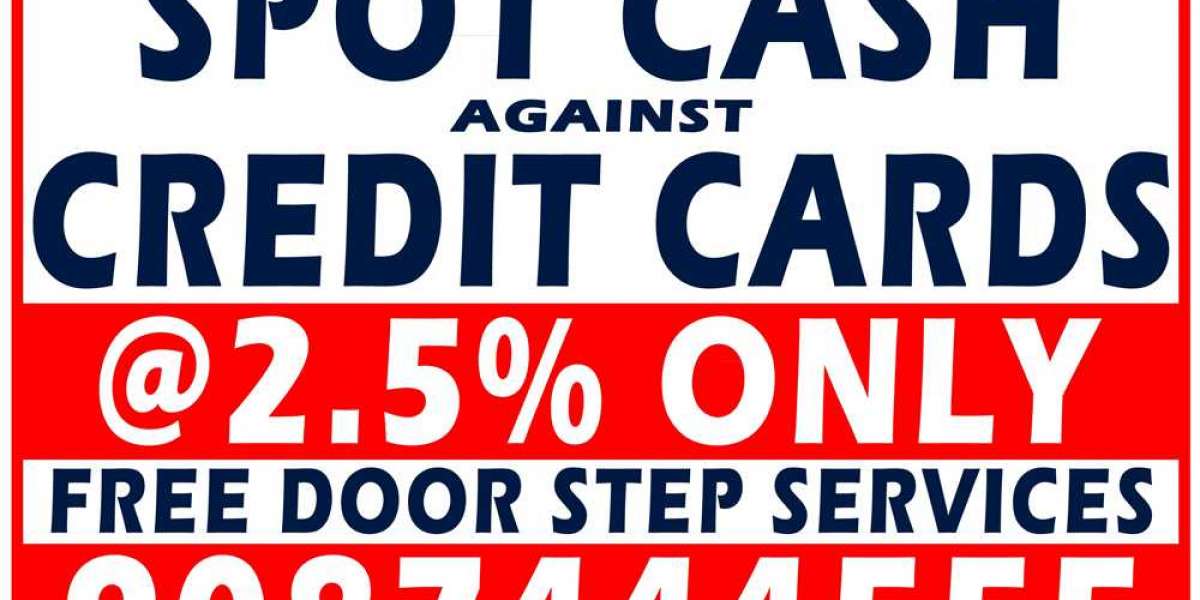Generally speaking, in 2023 global banks are in a position of strength and radically transforming. The global number of bank accounts is predicted to increase to USD 13 billion by 2026, up from USD 11.5 billion in 2021. This reflects an average growth rate of 2.1 percent year-on-year since the year 2016 (Source : Banking Market Outlook, 2022 - 2026). Digital banking market size crossed USD 9.4 trillion in 2022 and is estimated to see a growth of 3.6 percent CAGR from 2023 to 2032 (Source : Global Market Insights Inc. Report).
Some experts say that the collapse of Silicon Valley Bank (SVB) is going to bring more regulatory scrutiny to the global banking industry. SVB was considered a trailblazer in the tech-focused banking sector and its fall has led to tighter regulations, making it more difficult for banks to serve customers with fall in revenues and profits. However, some optimists hold a positive outlook. For instance, SP Global is of the opinion that banks in regions like the Asia-Pacific (APAC) are well-placed to absorb potential contagion effects arising from the Silicon Valley Bank (SVB) downfall. Direct impacts are negligible, and indirect exposure is manageable.
In the aftermath of Silicon Valley Bank collapse and dismal macro-economic conditions most global banks are rethinking their revenue generation strategies. Evolution in consumer behavior has made revenue generation from banking products like loans, credit cards, deposits, etc. tougher. A large group of bank consumers now include millennials or digital-natives who don't like to be disturbed by bulk spam promotional messages. In fact, they now want their banks to foresee their latent needs and bring innovations and personalized product recommendations even before contacting them. Banks worldwide are desperately looking for new customer segments with higher revenue potential. They are creating new products for those segments, and enhancing customer service standards.
Banking leaders have gauged the unprecedented challenge of redefining and digitizing customer processes. Aiming to acquire new and profitable customer segments, the banking industry worldwide is undergoing digital transformation, leading to more revenues at less cost. Most banks are trying to master mobile marketing catering to the surge in mobile users. Dynamic brands like HSBC, DBS, CIMB, Standard Chartered, UOB, etc. are embracing new disruptive mobile technologies such as moLotus to boost revenues and profits. They are embracing end-to-end automation to reimagine their customer processes, driving high margin revenues with agility, innovation, and cost reduction.
Keeping in view this year’s global economic outlook for banking industry, here are the best ways for banks to generate more revenues and profits :
1. Automate Optimize Customer Acquisition Process
Deloitte states a bank in future won't succeed without a cost-effective customer acquisition strategy, delivering trust and awareness. Banks should switch to marketing technologies to pull new customers more conveniently and cost-effectively. They are capable of reaching a new crop of tech-savvy customers, earning rapid revenues via new mobile tech. Surveys show that customers usually find the process of buying banking products quite cumbersome. With the advent of mobile automation, the purchase process is transformed, and simplified. Customers can now buy digitally via mobile, make mobile-assisted payments, and single-click the purchases.
Banks are gradually shunning customer acquisition channels like emails, pay-per-click (PPC) advertising, etc. and replacing them with new moLotus mobile video customer acquisition platform resulting in low cost of acquisition (CAC), high revenue generation and super profits. Latest reports indicate inclusion of moLotus in the marketing mix of renowned banks. The platform is transforming lead generation, new customer acquisition and customer support processes leading to high margin revenue generation.
Banks can now generate more leads using moLotus lead generation campaigns at low cost per lead. The campaigns are supported by illustrative forty-second product videos quickly attracting new customers; influencing them to interact, and purchase instantaneously adding to revenues.
For banks manual sales processes and voice-based contact centers are fast becoming things of the past. moLotus is fast replacing them by automating them and transforming them into mobile-based selling processes.
2. Transform Product Revenue Generation
Experts are suggesting banks to enhance their product offerings, enticing more customers and earning more via automation and transformation of processes. Several banking brands have started using technologies like moLotus for superior product revenue generation in the form of promotion of deposit drives, loan approvals, credit card usages, and retail transactions.
Research data highlights that banking customers can now easily apply for credit cards and avail quick loans. Mobile technologies have made the processing approval work super-fast. Also, customer onboarding via mobile is now a reality with the embracing of moLotus. Major brands in the banking sector worldwide have increased revenues without compromising margins; generating high ROI by uplifting ARPU and Customer Lifetime Value.
3. Optimize Multiple Conversion Points
Post Silicon Valley Bank collapse banks are putting extra attention on conversion rate optimization. Experts are advising them to achieve faster conversion optimization through mobile transformation to earn more revenues. Merely creating responsive websites, optimizing search engine elements, creating mobile apps, etc. won’t help them much in revenue and profit maximization unless they design engaging conversion points.
For banks, a conversion point implies any point of customer interaction. Thus, to create enticing conversion points for increasing conversion banks need to use innovative tools like moLotus. moLotus martech offers multiple customer interaction options for banks to easily communicate with customers in real time. Customers can use USSD, Call, SMS, Click, and more options to communicate with banks.
Manual customer processes like filling document submission, contract renewals, reminders, etc. have been transformed by banks; making them easy, effective and agile; adding to better conversions, revenues and profits. There is no need for any mobile app to be downloaded or data plans to be bought. moLotus messages are all-phone-playable - feature as well as smartphone.
4. Take Customer Loyalty To The Next Level
Research shows that loyal customers are the chief source of consumer revenues for banks. The past data shows that banking customers happened to be more loyal. According to Statista, a survey based on the banking sector conducted a few years back found around forty percent of the customers loyal to their banks for more than twenty years, while another twenty percent for over ten years. However, the scenario is different now. Falling customer loyalty has posed a major threat for banks. For them, retaining existing customers costs less than acquiring new ones. Foresight Research points out that nearly forty-four million customers are considering leaving their old bank and moving to a new bank at present.
According to Brandwatch research ‘convenience’ is the most common reason for customers to stay loyal to their banks. The inconvenience factor forces customers to switch banks. Experts say that the best way for banks to improve customer loyalty is via the adoption of mobile technologies that transform cumbersome customer processes ensuring superior customer engagement.
Banks have been using loyalty promoting mobile apps like Shopkick, Smile.io, Spendgo, etc. with unsatisfactory outcomes. Big banking brands are fast adopting moLotus mobile transformation technology to boost loyalty, adding to revenues arising from existing clientele. Now banks are capable of running unique loyalty campaigns using moLotus. The platform offers mobile loyalty cards, eliminating the need for banking customers to carry plastic loyalty cards for shopping. Banks are building long-term associations with customers by better engaging them via moLotus mobile transformation capabilities like real-time customer ratings, digital rewards, Frequently Asked Questions (FAQs), mobile reminders, how-to, instant feedback via mobile, etc.
5. Use Deep Customer Insights
Customer insights have proved to be the backbone of banking business revenues. The rise in the volume of banking customer data in the past few years has induced banks to look for tools and technologies to harness, manage and analyze the data.
Experts have emphasized the usage of enterprise mobility analytics and solutions by banks for intelligent integration of strategic data assets for generation of actionable insights. Several banks are already using the power of data analytics and deep customer insights for revenue generation. They are using transformation technology like moLotus to get deep business insights, for better revenue generation. moLotus offers unique data analytics models unleashing new insights and achieving strategic goals. Integrating moLotus analytics in the existing business models produces superior financial results for banking businesses across the globe.
6. Personalize Customer Experience
Hyper-personalization is an imperative, not an option. Current economic turmoil has pushed banks to focus more on targeting customer micro segments and personalizing offers to them. Research shows that personalization capabilities offered by marketing tools until recently have been insufficient. They haven't been of much help to banks towards differentiating, building customer engagement, achieving competitive advantage and earning more revenues.
HSBC projects a new and futuristic standard of customer service where customers will increasingly be able to get hyper-personalized products and services designed according to individual customer’s requirements, instead of based around overall savings, borrowings and investments.
Experts are of the opinion that mobile technologies like moLotus could be a great help for banks delivering hyper-personalized products, services and pricing to customers. The technology is hyper-personalizing banking offers to enhance customer communication, customer loyalty, revenues and profits.
Banks like HSBC and Standard Chartered are transforming customer experience by using the hyper-personalization capability of moLotus for making customer recommendations using massive customer data. Banks are creating innovative and profitable campaigns with hyper-personalization options like unique Id, customer name, offers, etc.
7. Reduce Cost
Global surveys conducted post Silicon Valley Bank collapse indicate that the profits of the banking sector across the globe are at historically low levels. One of the reasons stated for low profits is costs growing faster than revenues. Boston Consulting Group says that the trend of increasing costs in comparison to revenues is set to continue owing to several other economic factors including new financial regulations, rising inflation, rising compliance costs, escalating process costs, need for technology upgradation and many more.
In order to restrict the climbing costs, banks have to streamline their customer processes. This is going to bring cost efficiency, scaling revenues fast. Tools like moLotus have brought down outbound costs by up to 30 percent by transforming customer processes like lead generation, and customer onboarding, increasing revenues in a small-time span of three months! moLotus is helping banks to do away with staffing, training, printing distribution, telemarketing, compliance, etc. costs. The cost savings can be further deployed in revenue generation activities.
8. Enhance Customer Lifetime Value
In the banking industry Customer Lifetime Value (CLV) is determined as the net present value of the profits that arise from customers over a period of time of their relationship with the bank. They try to hold customers for a long period of time and the customers go through phases of their relationship – ranging from highly profitable to minor or even negative profitability. These phases together lead to decisions, like conversion or drop-off.
It is important for all banks to identify and fine-tune these vital phases. Banks should focus a considerable amount of their marketing efforts on trying to build more profitable relationships with existing customers. Technologies like moLotus, Salesforce, SAP, HubSpot, etc. are enhancing these phases of customer lifecycle by digitizing, automating, integrating and improving customer processes via transformation. moLotus acts as a driving force transforming all the stages of the customer lifetime value management process for banks like CIMB, DSB, UOB, etc. Starting with customer acquisition, the mobile technology helps banks in brand exposure, awareness, lead generation, upselling, cross-selling, customer education, and business support. Banks can enhance customer loyalty retention via personalized rewards, gifts, and vouchers.
Conclusion
The current global economic upheavals have rattled the banking industry, leaving the banks shell-shocked. The onus of improving revenues and profit margins lie on marketing tools like moLotus bringing quick revenue escalation through real mobile advertising, digital transformations, innovations, knowledge transfers, and more.
Banks need to put more extra effort into simplifying products, services, and processes. If they do so, banks can overturn the current recessionary economic trends with a virtuous circle, reinvesting profits and continually boosting revenues.








